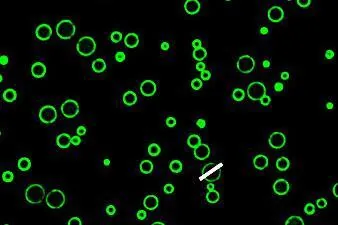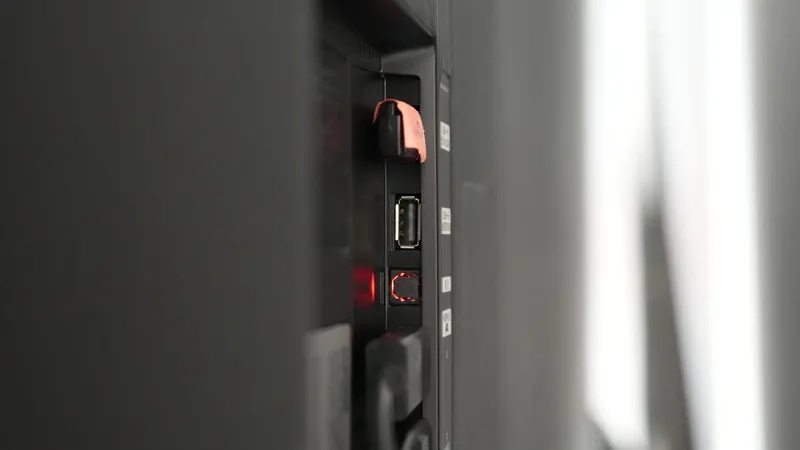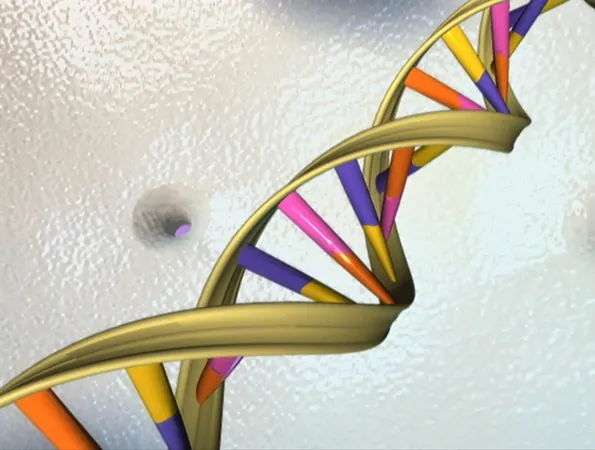
Revolutionary Polymer Sheath Boosts Artificial Cell Development
2025-08-19
Author: Amelia
A Breakthrough in Artificial Cell Technology
Imagine a world where artificial cells not only mimic the complexity of natural cells but can also interact with them! Recent research introduces a cutting-edge technique using interlocking branched polymers that enables these coacervate microdroplets to represent natural cells like never before.
Unlocking the Secrets of Life
Artificial cells are vital for unraveling the intricate chemistry of living systems. These simplified models offer insight into cellular functions and the origins of life itself. However, creating a model that captures the nuance of real cells has remained an elusive goal. Enter coacervates—dense liquid microdroplets formed by the spontaneous separation of charged components, creating a rich, membrane-free compartment.
Overcoming Engineering Challenges
Despite their potential, researchers have grappled with significant challenges. Evan Spruijt, a leading artificial cell researcher, noted that these liquid droplets tend to fuse upon contact, often getting stuck to surfaces. Basic membranes provide minimal protection, especially against high salt concentrations that can dissolve coacervates.
A Game-Changer: Dendrimers
A breakthrough came from Eduardo Fernandez-Megia’s research team at the University of Santiago de Compostela. They developed a stable form of coacervates using branched polymers known as dendrimers. These molecules not only boost the structural stability but also create a protective layer that allows the coacervates to last several days in solution—far exceeding the mere minutes of unprotected systems. Remarkably, they can withstand more than twice the ionic strength of their predecessors!
Mimicking Cellular Functions
The team also demonstrated that these innovative coacervates could facilitate cell-like behavior by replicating an enzymatic cascade. By introducing fluorescently labeled enzymes into the droplets, they successfully created a signal that mimicked chemical communication between artificial and natural cells.
Promising Implications for Medicine
Published in the Journal of the American Chemical Society, the findings suggest that these membranized coacervates could be invaluable in selectively delivering therapeutic enzymes and even in tissue engineering applications. The compatibility with biological samples opens exciting avenues for medical innovation.
Looking to the Future
Spruijt believes that the potential of dendrimer membranes could be a game-changer for researchers working on protocell systems. The ability to maintain stability while interacting with living cells positions these artificial systems at the forefront of biotechnology. He envisions a future where these synthetic cells could selectively target cancer cells within diverse tissue environments—a thrilling prospect for cancer therapy!









 Brasil (PT)
Brasil (PT)
 Canada (EN)
Canada (EN)
 Chile (ES)
Chile (ES)
 Česko (CS)
Česko (CS)
 대한민국 (KO)
대한민국 (KO)
 España (ES)
España (ES)
 France (FR)
France (FR)
 Hong Kong (EN)
Hong Kong (EN)
 Italia (IT)
Italia (IT)
 日本 (JA)
日本 (JA)
 Magyarország (HU)
Magyarország (HU)
 Norge (NO)
Norge (NO)
 Polska (PL)
Polska (PL)
 Schweiz (DE)
Schweiz (DE)
 Singapore (EN)
Singapore (EN)
 Sverige (SV)
Sverige (SV)
 Suomi (FI)
Suomi (FI)
 Türkiye (TR)
Türkiye (TR)
 الإمارات العربية المتحدة (AR)
الإمارات العربية المتحدة (AR)